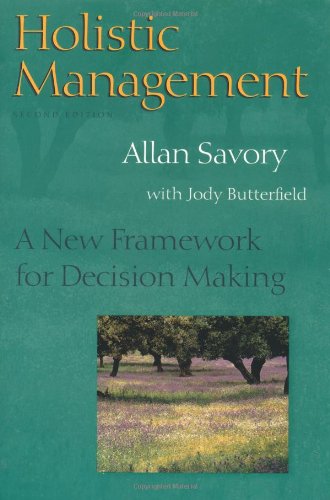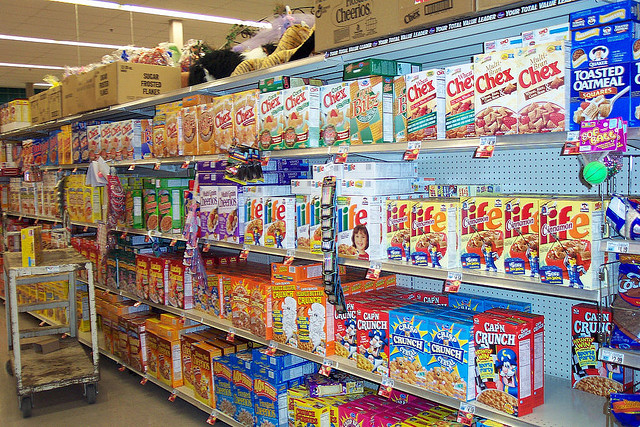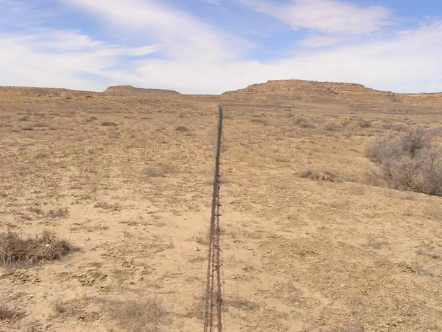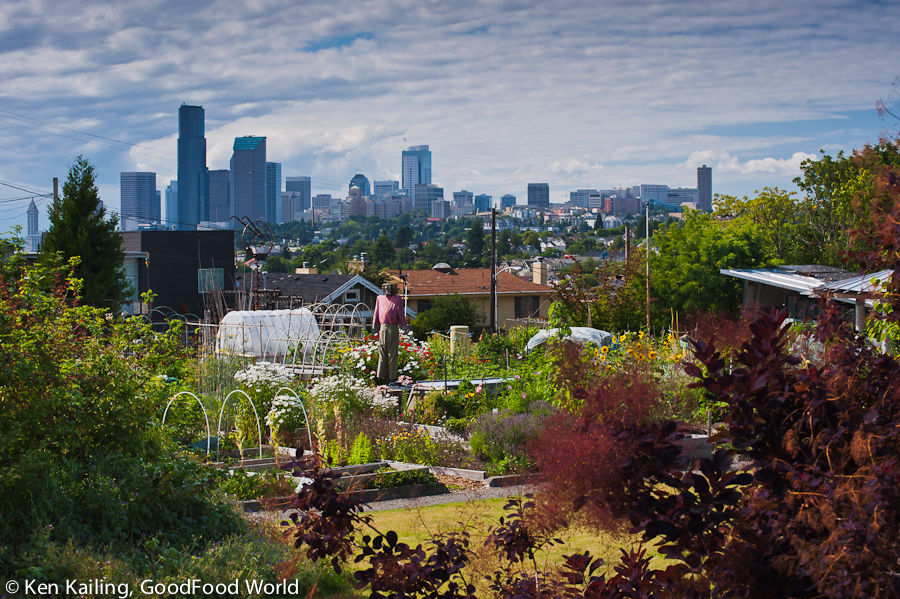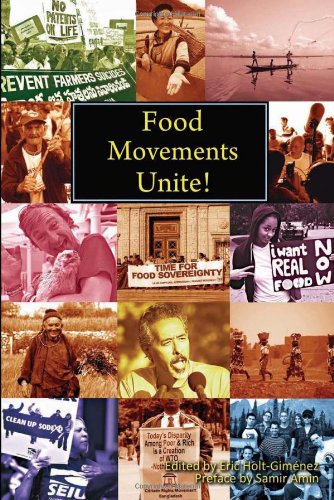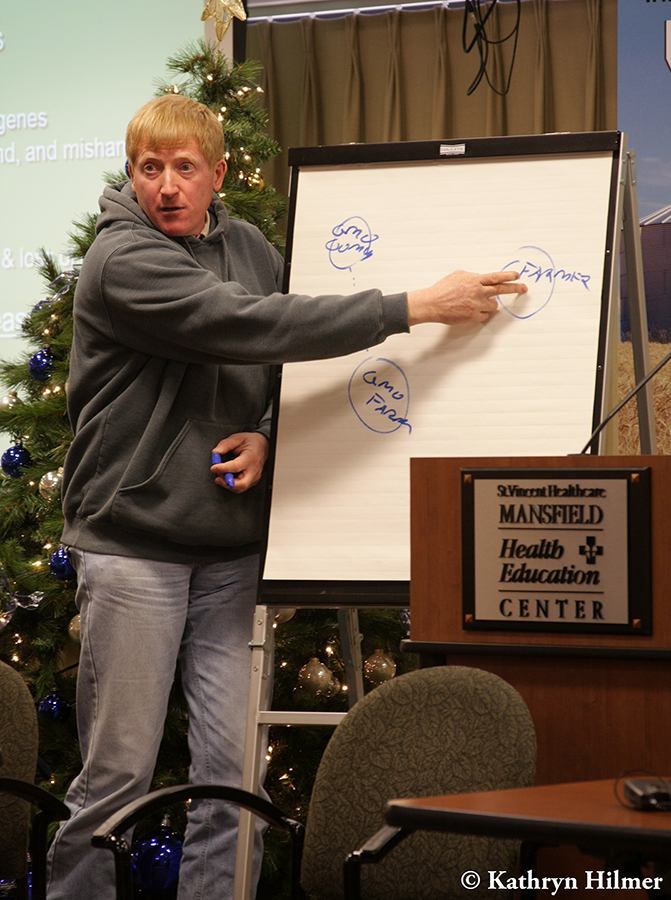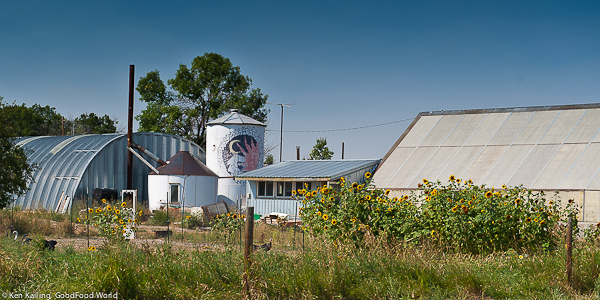Holistic Management and the Triple Bottom Line – A Decision-Making Tool
Truly representative of the Triple Bottom Line approach to business, Holistic Management considers humans, their economies and the environment inseparable. At the heart of the approach lies a simple testing process that enables people to make decisions that simultaneously consider economic, social, and environmental realities, both short- and long-term.

